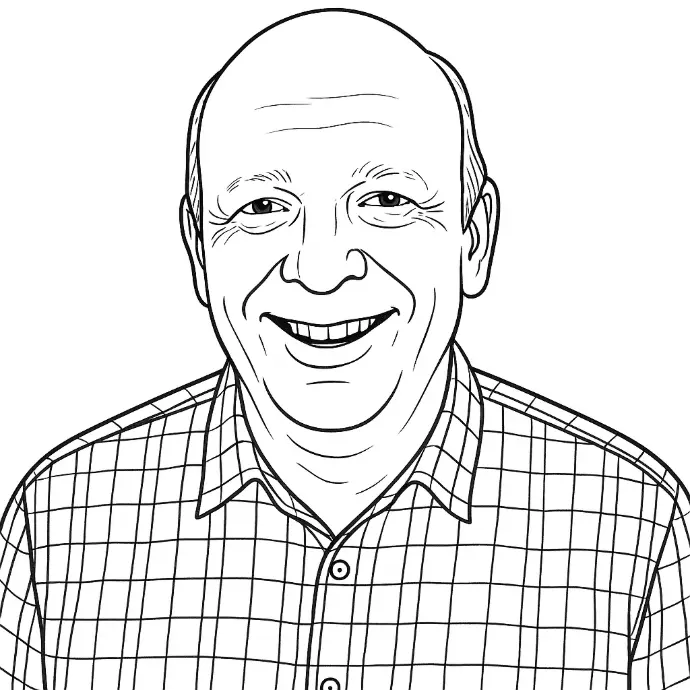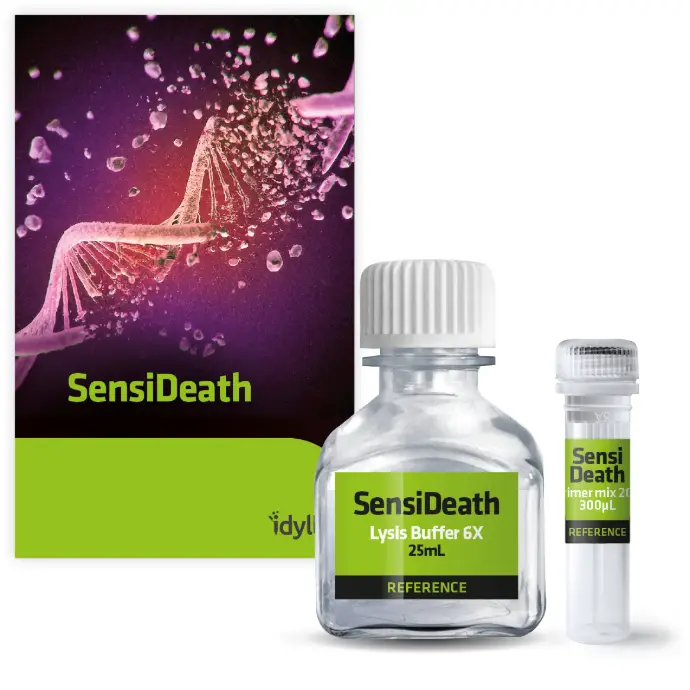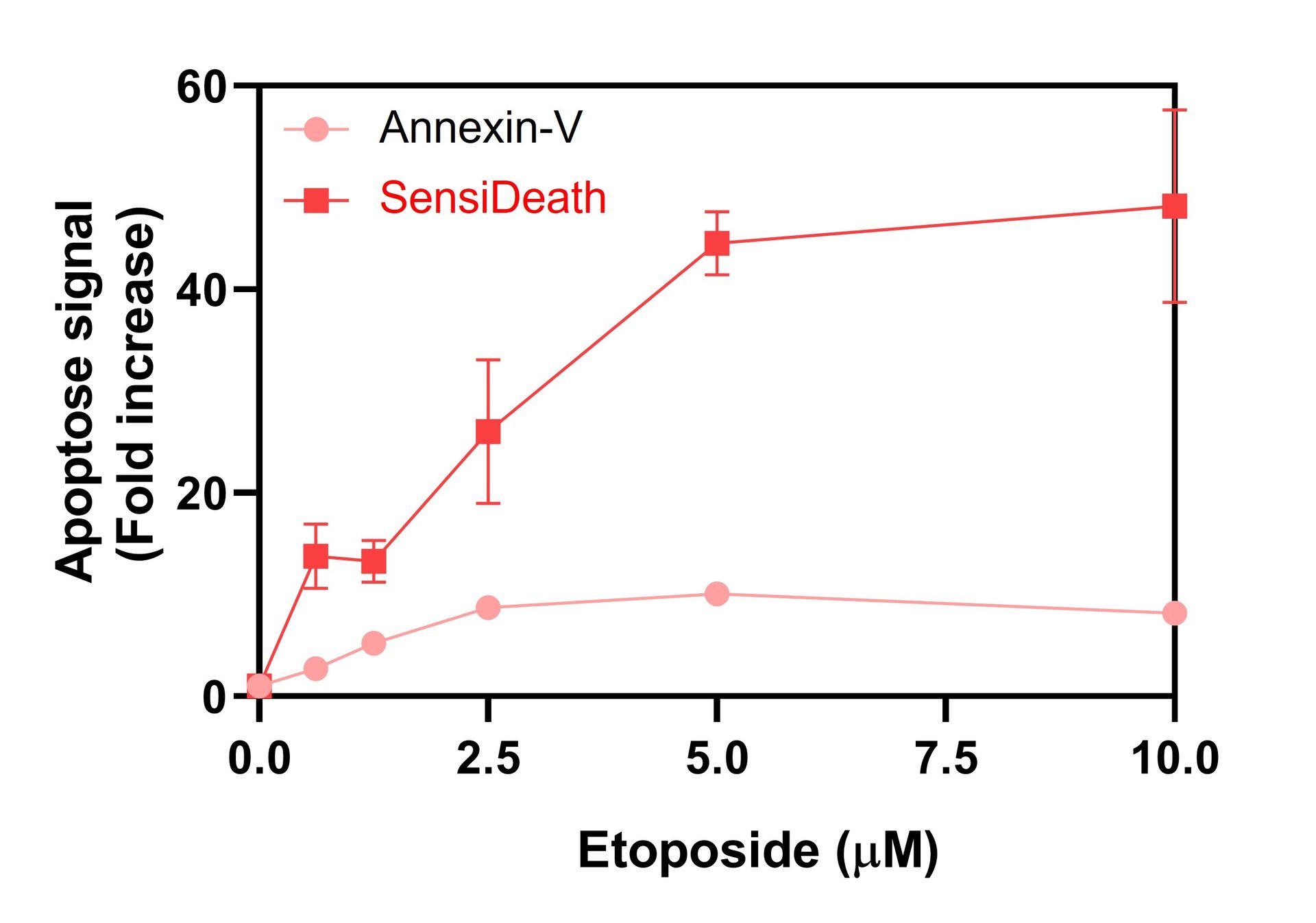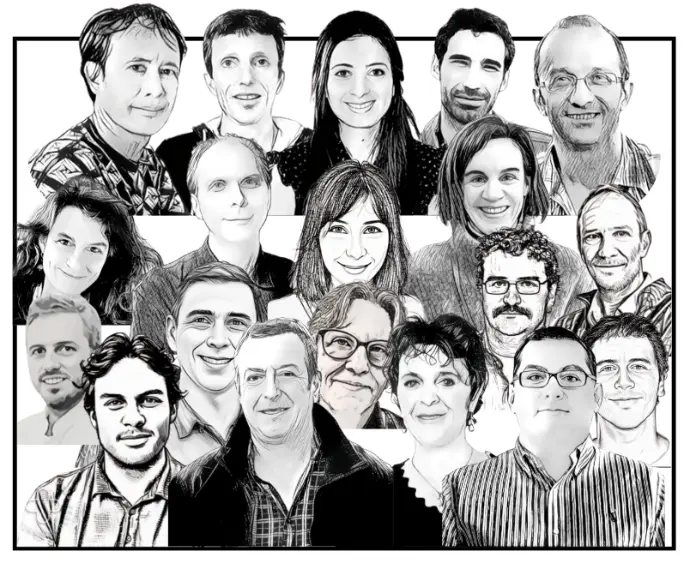
Who is
Henrik Laurell
?
Dr. Henrik Laurell is a senior scientist at INSERM's Institute of Metabolic and Cardiovascular Diseases (I2MC) in Toulouse, France. He specializes in molecular biology, with expertise in qPCR, gene editing, molecular cloning, protein biochemistry, and protein-protein interactions. He is known for developing the Validprime and more recently the SensiDeath method. Since 2021, he has been part of the We-Met platform, where he is in charge of the "molecular tool" service, which develops customized tools for the research teams within the institute or elsewhere.
Making early and ultra-senstive cell death detection possible
Henrik Laurell teamed up with Eric Lacazette and Christian Touriol, two researchers working at the cancerology research center (CRCT) and Metabolic and cardiovascular disease institute (I2MC) in Toulouse, all 3 were confronted to the same issue: among the myriad of cytotoxicity assays available, they lacked something simple that could detect cell death in a sensitive manner. The most sensitive ones were often technically challenging, requiring a lot of time and access to sophisticated equipment, while the simplest ones often meant making compromises on the precision.
But there is a method that has long been known to combine both aspects: quantitative PCR. Not only is this technique already widely implemented in most labs, but its ultra-high sensitivity makes it a perfect candidate to detect the release of genomic DNA (gDNA) into the cytosol.
They decided to push forward with this challenging project: can we come up with an cell death detection assay based solely on a qPCR?

SensiDeath development
After months of development, a new method was born. They perfected the lysis solution, allowing to recover cell cytosolic fractions, and selected the perfect primer pair allowing to get reliable and consistent measurements of death levels. Thanks to this work, they had a scalable assay performed in less than 2h while keeping an exceptionally large dynamic range and sensitivity (they even detected apoptosis in a single cell!). But especially, their cost-effective method allowed the earliest death detection of all available methods. It was patented in 2020.

Collaboration with Idylle
Initially developed for apoptosis detection in acute myeloid leukemia cells, Idylle quickly realized the huge potential and applicability of this cytotoxicity detection method and collaborated to turn it into a ready-to-use kit called SensiDeath. Since its launch, the creative concept of SensiDeath has seduced researchers exploring the earliest pathways involved in the cell death process, screening anti-cancer compounds in high-throughput formats, or those looking at the cytotoxicity of environmental pollutants to make sure they don’t miss any subtle toxic effects.
Extended dynamic range of SensiDeath compared to existing methods

